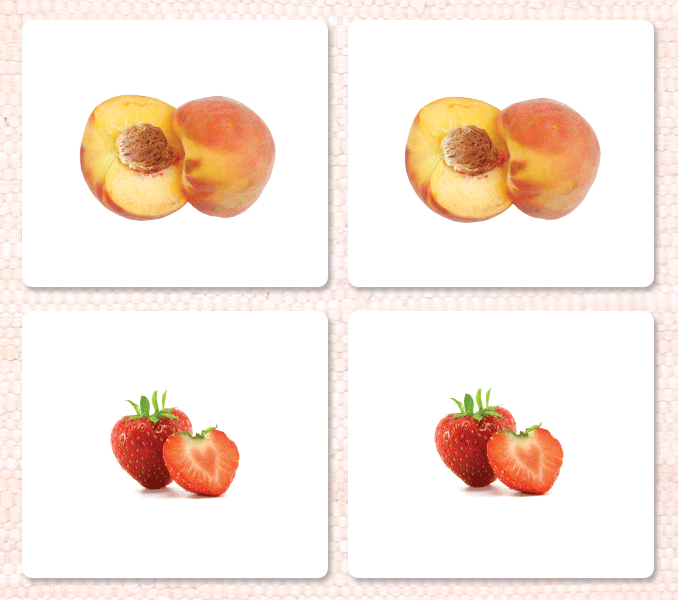



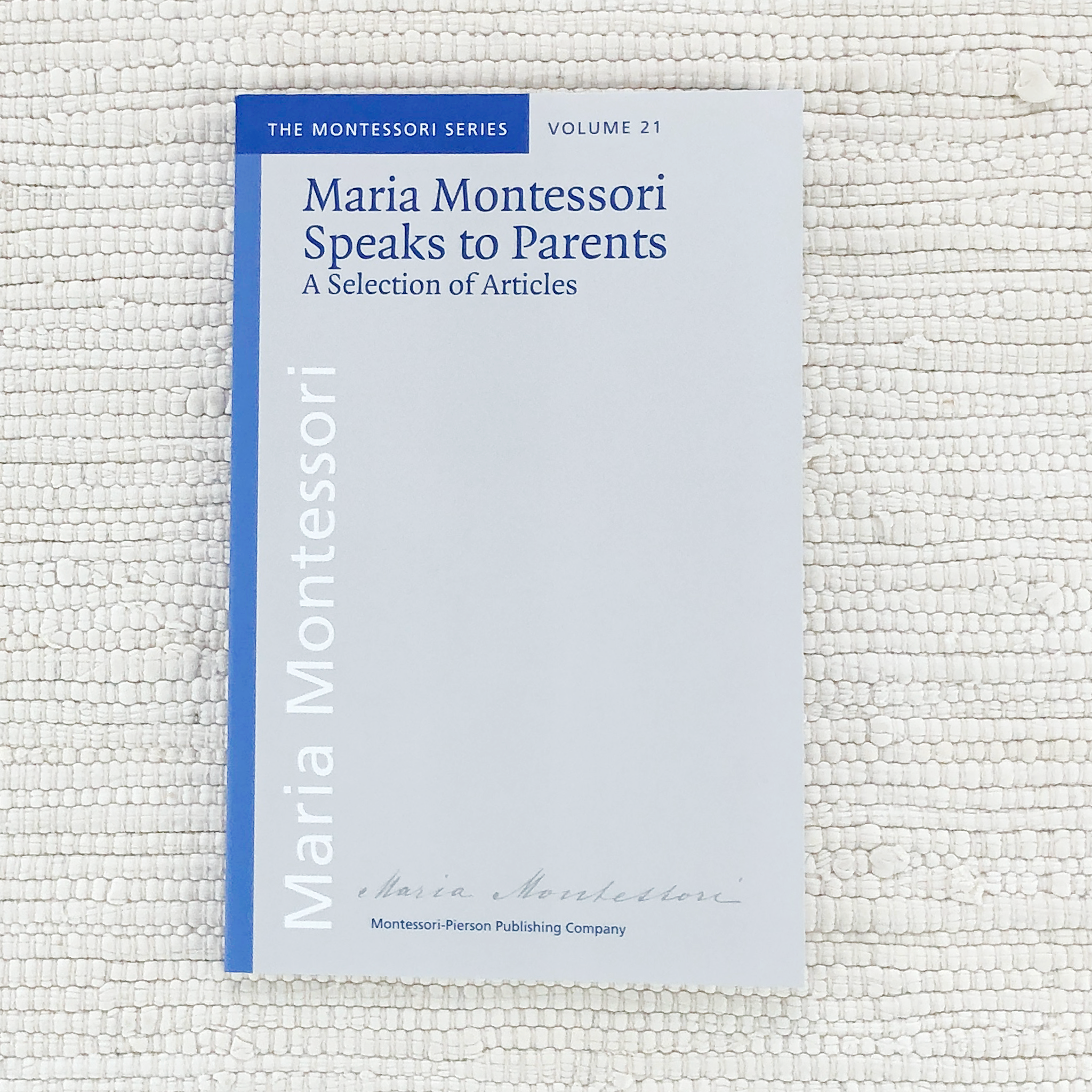


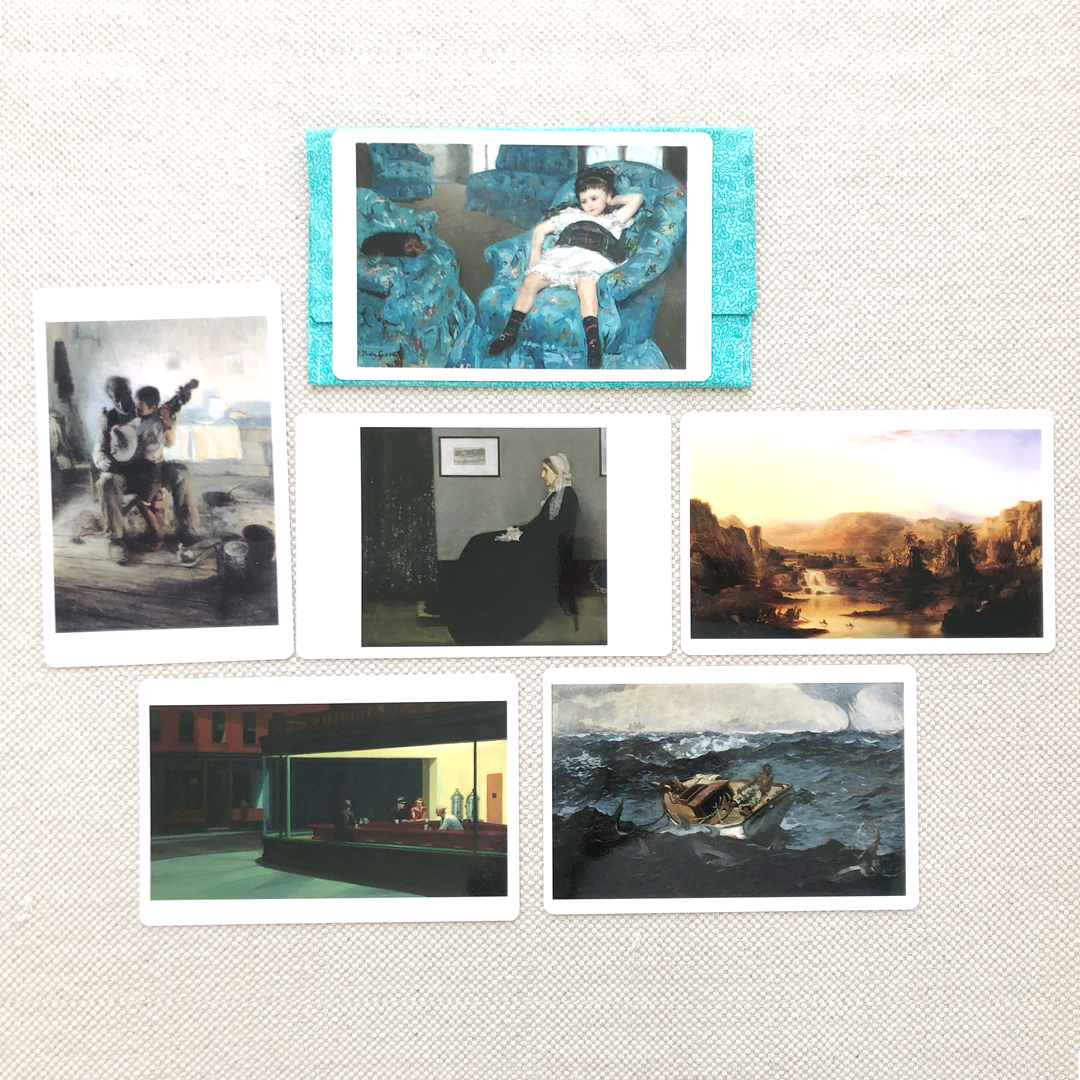





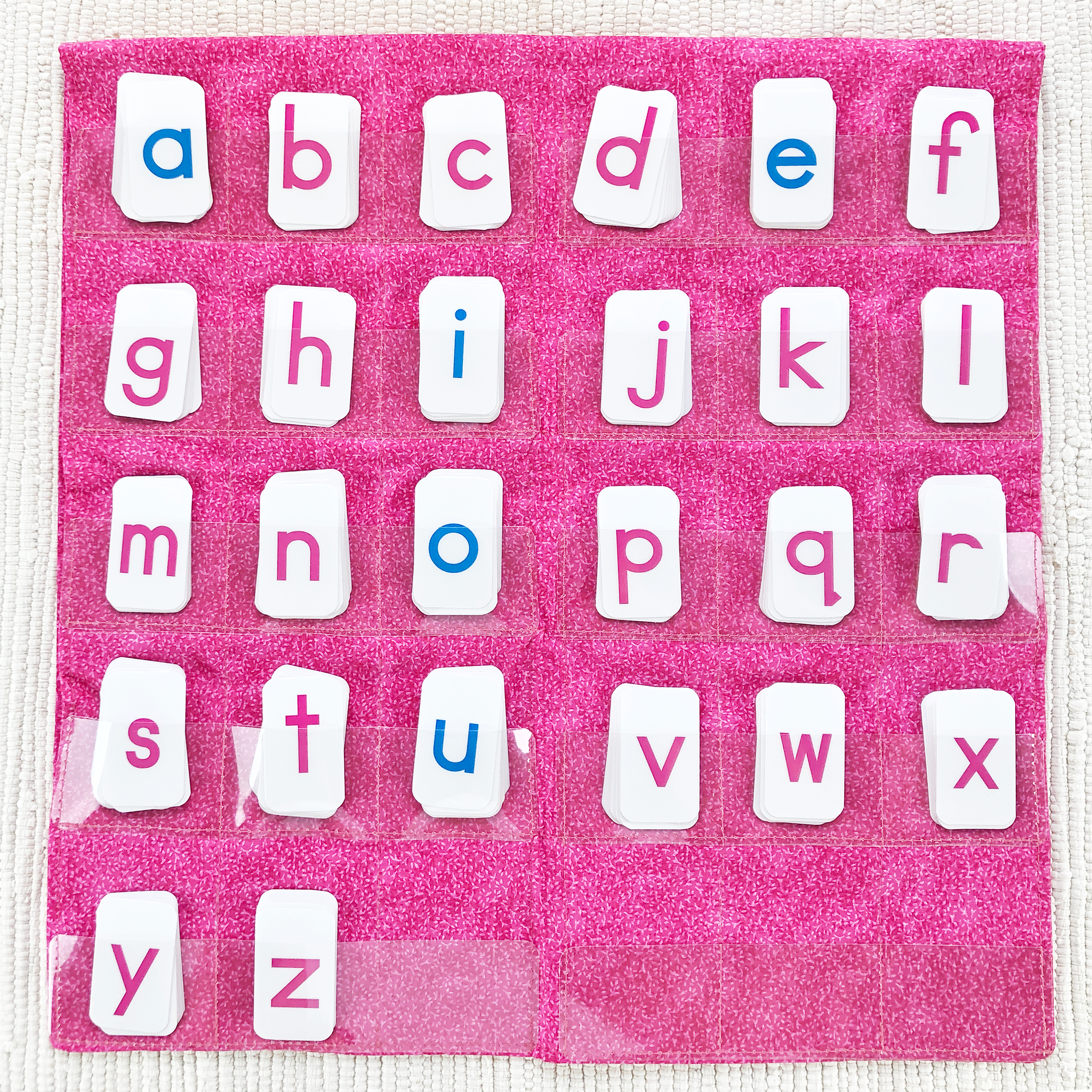
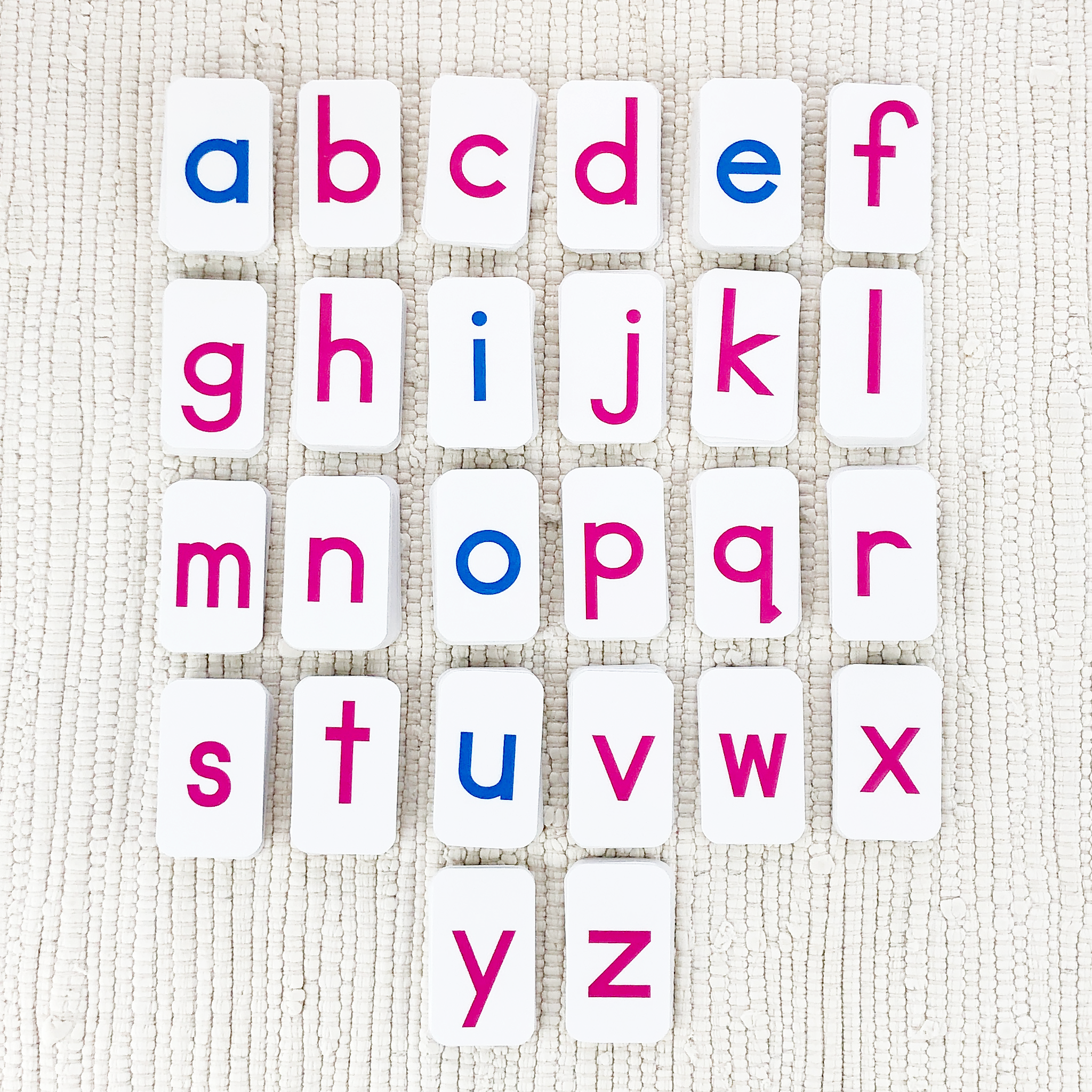


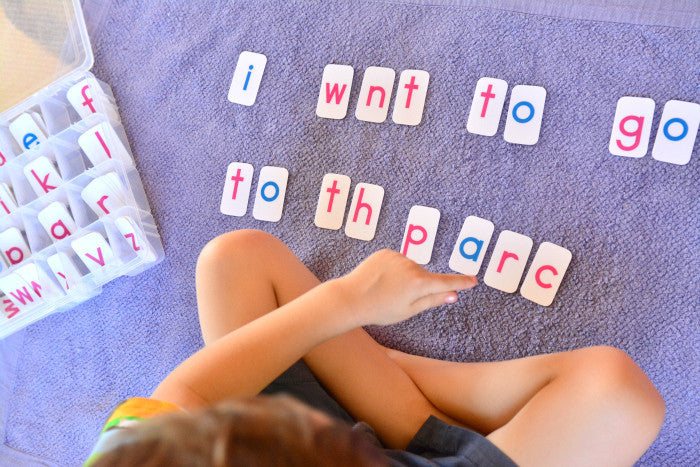





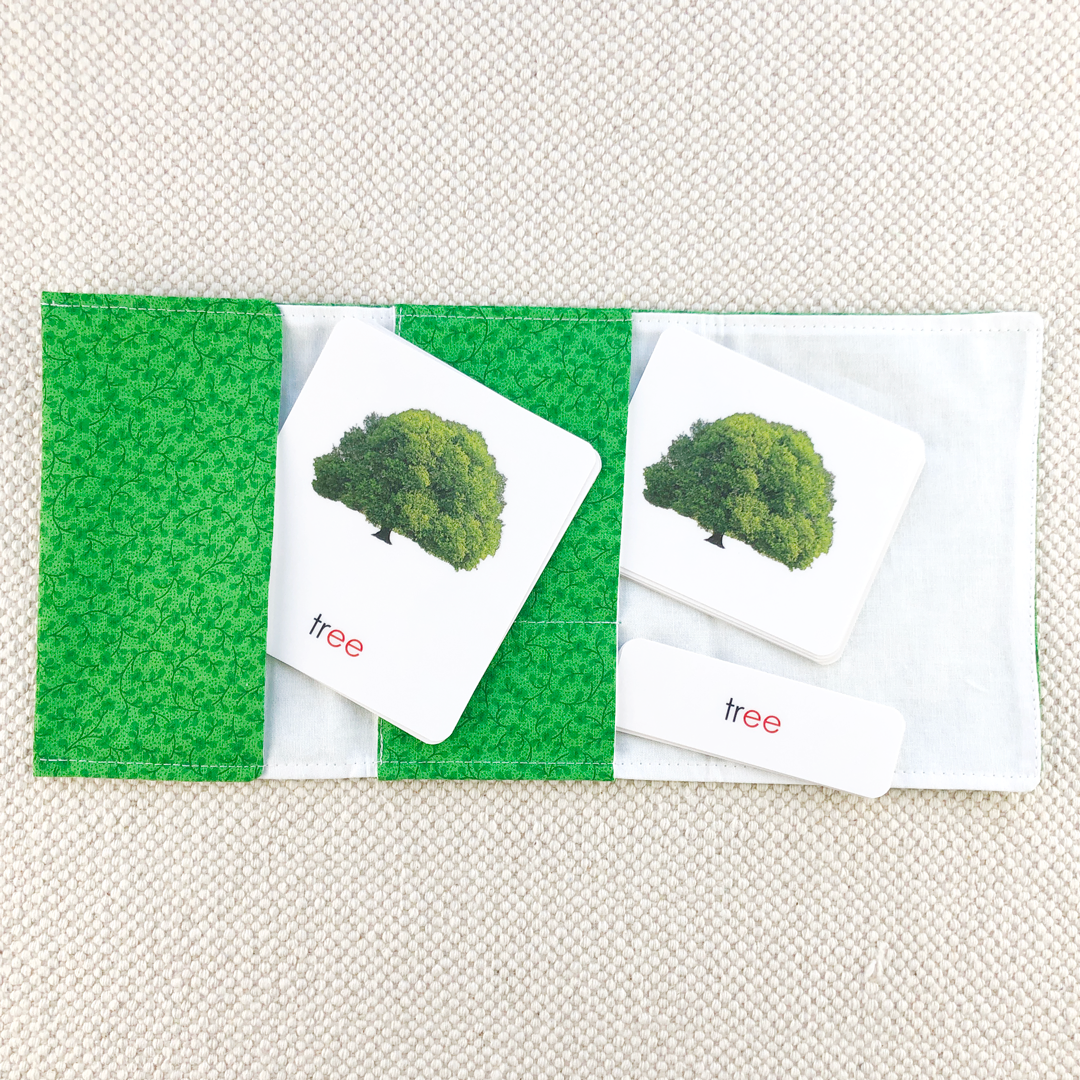


Home School Starter Set 1: Ages 3 to 4
 Rooted in Neurodevelopment
Rooted in Neurodevelopment High quality materials
High quality materials Eco-Happy
Eco-Happy Fun & Engaging Activities
Fun & Engaging Activities
Ages/Stages
Common Core
We have materials to help with your homeschooled 3- to 4-year-old! We've bundled together our recommended learning activities to give you what you need with big savings.
Books For the Parent
We include three short, easy-to-read booklets that will be your essential guides for helping your child learn to read:
- Muriel Dwyer's booklet: A Path for the Exploration of Any Language
- Our digital e-book on Setting up the Language Area
- Dr. Montessori's advice for Parents, Montessori speaks to Parents
Developing Vocabulary & Interests
At every age, you want to help your children develop a rich and broad vocabulary along with fields of inquiry. What are they naturally curious about and drawn to explore? Butterflies? Flowers? Sports equipment? Tools? Whatever their interest, encourage it. Don't worry that they're narrowing down too soon. You'll go deep and broad as you follow their interests.
With that in mind, this bundle includes the following Speaking/Listening activities (for vocabulary building and enrichment):
- Fine art Display Cards (American Series): Use these fine art cards to spark conversation and really get your child's expressive language skills working. Plus, they can decorate the room with them!
- Geography Cards-Series 1: Use this first collection as a foundation but don't stop there. Encourage the children to use magazines, calendars and the internet to create more scenes from around the world based on their interests (but always be sure to present parallel images from all continents using Series 1 as a guide).
-
Matching Cards: Use these for vocabulary building, sorting, matching, and sorting/matching work. We recommend the following three sets; but you can choose the titles that best meet the interests of your children (type in your preference in the notes when you place the order):
- Fruit
- Pets
- Transportation
Phonemic Awareness & Letter-Sound Knowledge
To learn to read, we need to retrain the brain to recognize letters/phonograms and connect them with sounds. We do this through two steps. First, we teach learners to hear all of the sounds in a word (called phonemic awareness). Next, we teach them to link the shape of a letter/phonogram with the sound it makes (letter-sound knowledge).
Once they have this solid foundation, they can start phonetically "writing" words with alphabet letter cards. This is essential practice in putting their new skills to work building words and it prepares the learner to effortlessly start reading.
There are two essential materials you need to accomplish all of this.
- Sandpaper Letters Digital File: Make your own! Choose print or cursive (we recommend cursive). This bundle includes files for making these by hand or with your Cricut.
-
Movable Alphabets: Choose print or cursive (we recommend cursive).
- Pink/Blue alphabet (pink consonants, blue vowels)
- Green Phonogram/Digraph alphabet
You can also use the following key materials to support and extend that work:
- Letter-Sound Charts (especially helpful for children no longer interested in tracing sandpaper letters; often around age 4.5)
- Letter-Sound 3-Part Cards to help children practice their new letter-sound knowledge independently
Reading: Phonics
Once they know the letter sounds and can hear the sounds in words, they will naturally start trying to decode the words they see. Our Phonetic 3-Part Cards help learners build confidence in their reading abilities while simultaneously adding to their internal dictionary of words they know automatically.
You'll need the following materials to effortlessly ease them into reading words with and without phonograms:
-
Phonetic Reading Cards: Use these three part cards for self-correcting, independent word-level reading. Use the photo-only cards first for vocabulary building and sorting work with pre-readers. Then use all three parts when the children first begin to read.
- Level 1 Packet 1A: Simplest phonetic words
- Level 2 Packet 2A: Longer phonetic words with consonant blends
- Level 3 Packet EE: Phonogram highlighted in red
Organization with Cloth Pouches
Add on a set of our Homeschool Collection Cloth Pouches to display and elegantly hold your card materials in your child's learning environment. You don't need a pouch for each material because you will be rotating materials in and out of the same pouches (this keeps the environment always full of interesting surprises: what's in the blue pouch today?). This set includes:
- One x-large pouch (teal) for fine art display cards
- One set/7 blue geography folders
- One one-pocket pouch for vocabulary cards (half of matching sets) (red)
- One two-pocket pouch for matching cards (orange)
- One chart-sized one-pocket pouch (berry) for letter-sound charts
- One chart-sized 3-pocket (cerulean blue) for 3-part letter-sound cards
- Pink and Green Pocket Charts for the Movable Alphabets
- One 3-pocket cloth pouch for 3-part cards (light blue)
Why we chose these materials
You don't need everything a typical classroom teacher needs because you don't have 30 children in your environment. Instead, you need a good selection of materials to get the work going and then to inspire the children to ultimately create their own materials. This collection is a great way to get them started.
Make sure you have paper, pencils, scissors, an appropriate stapler, tape, a hole punch, and all kinds of other craft supplies so that your children can make their own language materials and books!
Product Details
Choose options


























Knowledge Bank



